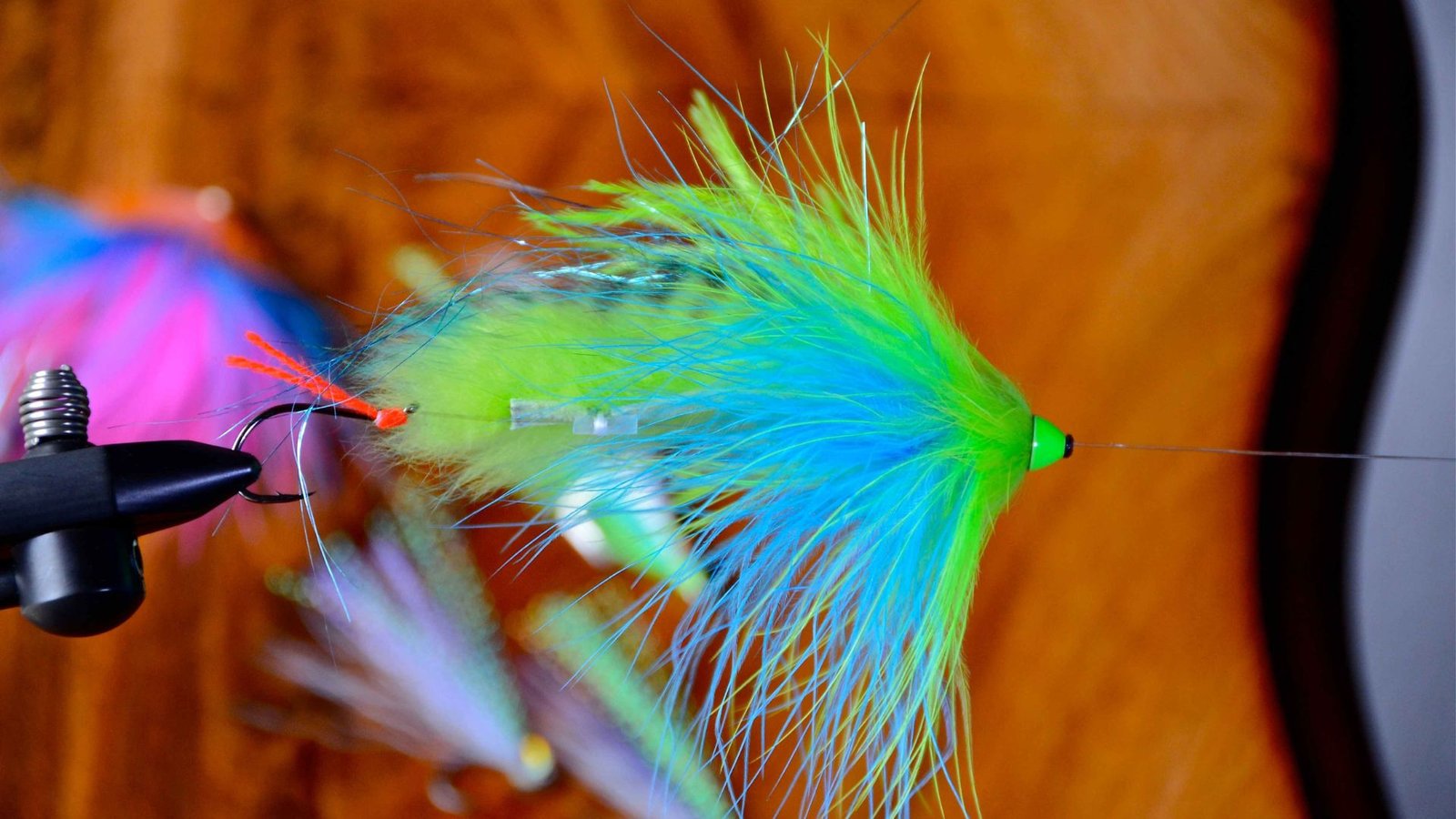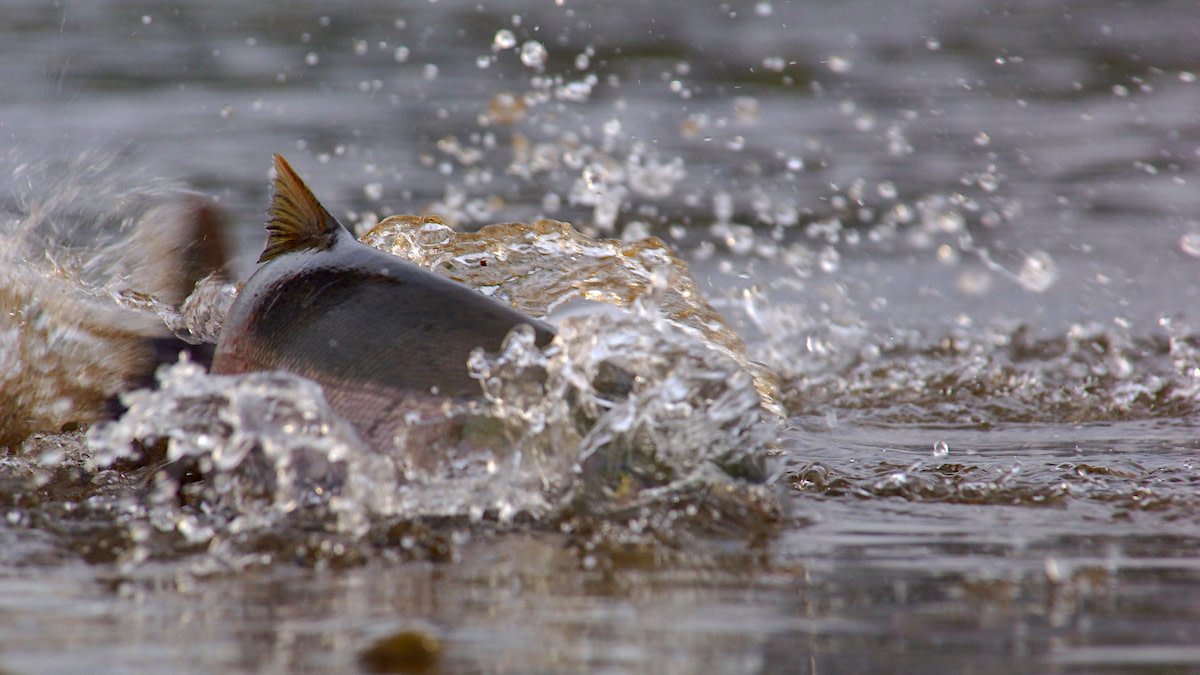Fishing in fast water can be exhilarating and challenging due to the rapid flow and unpredictable currents. Here’s how to maximize your chances of success:

How to Fish Salmon Flies in Fast Water
Choosing the Right Fly
Selecting the appropriate fly is crucial when fishing in fast water. Opt for patterns that can be easily seen and withstand the strong current. Flies like streamers, attractors, and large nymphs are effective choices as they can grab the attention of salmon amidst turbulent waters.
Reading the Water
Before casting, take time to observe the fast water. Look for areas where the current breaks or slows down slightly, such as behind rocks, in eddies, or along seams where fast and slow water meet. These are prime spots where salmon are likely to hold.
Approach and Presentation
- Positioning: Position yourself downstream from the target area. This allows you to cast upstream and let your fly drift naturally towards the salmon.
- Casting: Make accurate casts upstream of the target area to allow the fly to sink and drift naturally with the current. Ensure your fly lands softly to avoid spooking the fish.
Mending and Drift
- Line Control: Use mending techniques to control the drift of your fly. Mend upstream or downstream to eliminate drag and ensure a natural presentation.
- Follow the Drift: Follow the fly downstream with your rod tip, maintaining contact with the fly and being ready to set the hook at any moment.
Retrieve and Action
- Strip Retrieve: After the fly has drifted downstream, employ a strip retrieve technique to imitate fleeing prey or trigger a reaction strike from salmon.
- Vary Speed: Experiment with the retrieve speed to find what attracts salmon in fast water. Sometimes a slow, erratic retrieve can be more effective than a steady retrieve.
Setting the Hook
- Visual and Sensory Cues: Watch for any movement or hesitation in the line that could indicate a strike. In fast water, salmon often strike aggressively, so be prepared to set the hook swiftly and firmly.
Gear and Equipment
- Sturdy Gear: Use a robust rod and reel setup capable of handling strong currents and powerful fish. A heavier leader and tippet may be necessary to withstand the force of fast water.
- Fly Selection: Choose flies with a bit of weight or that can penetrate the surface film quickly to reach the feeding zone of salmon.
Adapt and Experiment
- Change Flies: If one pattern isn’t producing results, switch to another that mimics the prevalent insects or fish in the water.
- Adjust Depth: Modify your leader length or add weight to reach deeper into the water column where salmon might be holding.
Environmental Considerations
- Water Temperature: Fast water can often be cooler, making salmon more active. Adjust your fishing times accordingly, focusing on periods of peak activity.
- Safety Awareness: Be mindful of your footing and surroundings in fast water. Safety should always be a priority when fishing in challenging conditions.
Tips for Success:
- Practice Casting: Develop accurate casting skills to place your fly precisely where salmon are likely to strike.
- Persistence Pays: Fishing in fast water can be demanding, but persistence and adaptability are key to success.
- Learn from Experience: Each outing provides valuable insights into salmon behavior in fast water. Take notes and adjust your approach based on what works best.
Fishing salmon flies in fast water requires skill, patience, and an understanding of how salmon respond to the dynamic currents. By employing these techniques and staying adaptable, you can enhance your chances of hooking into a prized catch. Enjoy the thrill and challenge of fishing in fast-moving waters, and refine your techniques with each fishing adventure.



